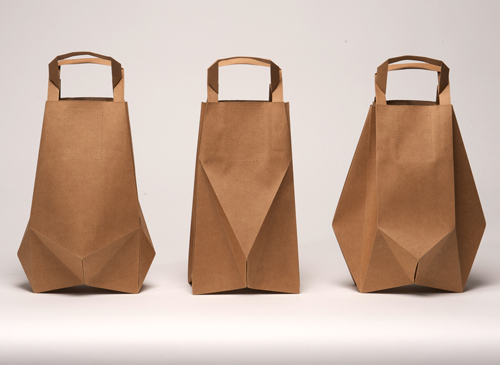When I started teaching, I set out on a professional journey to always try and answer, "What is true learning? What is true learning in every content area?" As an individual, two of my core values are authenticity and competence. There is something at the soul of learning, a little energy that spins inside of all people (big people AND little people) and it's my job to cause that nebulous of energy to grow.
I believe one of the most important aspects of learning is honest reflection and self-evaluation. For teachers, stepping back and taking an honest look at instruction is the impetus for change. It's difficult because it requires honesty. It's difficult because it can mean that we have to be critical of ourselves. It's difficult because sometimes we don't know what we don't know. But when we do it, the change that we feel creates joy and satisfaction.
I believe this: We MUST challenge each other to reflect on social studies instruction and embrace more substantial critical thinking in social studies. We can move in this direction if we, as teachers, more effectively seek personal understanding and ownership of the question, "Why is social studies important?"
As teachers of young historians, we must ask ourselves, "Isn't it time that we stop asking students to just learn information and facts? What does it look like for a student to be a historian? How do historians use sources to construct their understanding of the past? What processes and skills does a historian use to think critically about people, events, and ideas? Are we happy with everyone knowing the exact same facts, or are we going to embrace classroom experiences that allow students to bring their ideas and thinking to the table? How do the people, events, and ideas of the past connect to the people, events, and ideas of the present?"
As teachers of young geographers, we must ask ourselves, "Haven't we asked students to color enough maps, or given enough grades for coloring well and making sure labels are legible? What does it look like for a geographer to think about maps and sources that communicate geographic information? If a geographer looks at a source with geographic information, what processes does the geographer use to think about and understand the information? What is the difference between human geography and physical geography...and how are they connected? How does a geographer look at the world?"
As teachers of young economists, we must ask ourselves, "Isn't it time that we expand our view of economics beyond money and invite students to embrace the economic way of thinking? How might we embrace the concepts of scarcity or cost and choice so students can think critically about the multitude of decisions that they will make for the rest of their lives? How might we elevate the concepts of scarcity or cost and choice to understand the decisions made by people and societies in the past and present?"
As teachers of young engaged and informed citizens, we must ask ourselves, "Do we embrace democratic experiences that invite debate and multiple perspectives about issues? Do we develop opportunities where students become aware of how they can be involved in society? Do we help students to see that the people in every time and place impact change by being involved and informed? Why is civics important?"
I believe we can embrace better social studies instruction if we reflect on what we're doing and start to have honest conversations with each other about GOOD social studies. I also believe that the thinking we ask students to do in reading is the exact same thinking that we should ask students to do in any subject. After all, READING is THINKING! Critical thinking begins with letting go of tradition - letting go of the focus on learning facts to regurgitate facts. Embrace thinking. Look at student work to see the thinking that's evident. Listen to the classroom conversation to see if you're creating a classroom where thinking takes place.
I believe that everyone can regularly incorporate two key strategies, and they'll start to illuminate the potential for critical thinking in social studies.
Questioning: Invite students to ask questions often. Even if those questions are not answered, the questions reveal critical thinking. Ask questions as a class. Ask questions in small groups. Ask questions independently. Ask questions before you start learning about content. Ask questions as you are learning about content. Ask questions as part of the analysis process for maps, primary source, and any other source you're exploring with students. And when the opportunity presents itself, take a question and turn it back on the students saying, "What do YOU think?"
Make Connections: Invite students to make connections. How is this event similar to events today? How does this person's actions help you to understand people of today? How is this place the same and different than where you live? How does this person's choice help you to think about choices you might need to make in life?
Your challenge: Take the time to have a 30 minute conversation with a colleague to answer the question, "What is good social studies instruction that is engaging, creates relevance, and invites students to THINK?"




























